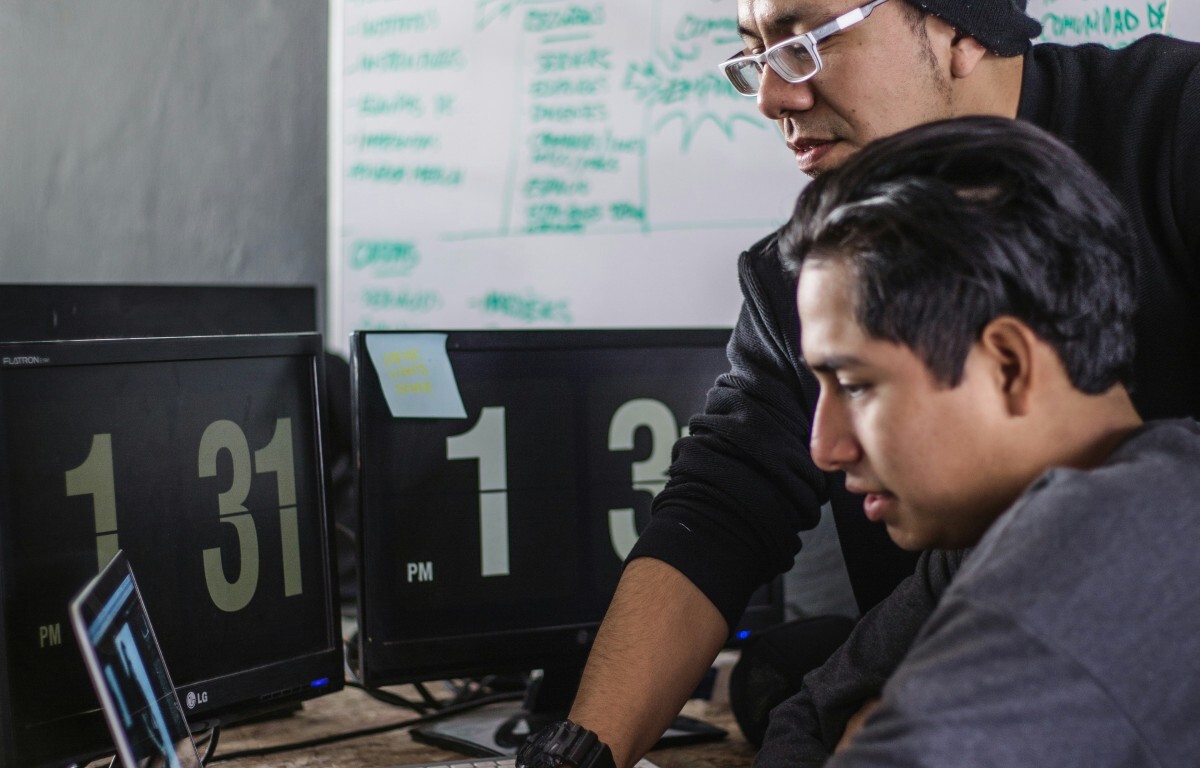
By Ming Tan, Founding Executive Director, Tech for Good Institute
Organisations and people working in the impact sector dedicate themselves to making the world a better place. Whether in health or education, the environment or sports and the arts, for the young or the elderly, at an international or hyperlocal scale, their service is mission-driven, sometimes underappreciated and often under-resourced.
Much has been written about the rapid growth of Southeast Asia’s digital economy and increasing digitalisation of society. At the Tech for Good Institute, however, we believe that technology, and digital technology in particular, not only has the potential to drive economic growth, but also to serve society.
In 2023, the Tech for Good Institute gathered insights from public, private and civil sector stakeholders on the future trajectory of Southeast Asia. We have found some common targets for digitalisation – key industry sectors, Micro, Small and Medium Enterprises (MSMEs), and government and public services. The impact sector stretches across all these targets. First, the impact sector is a key sector in any country, even if it is sometimes left out of traditional economic metrics. And while there are a handful of large non-profits, many nonprofits fall into the MSME definition, where resources are tight. Last but not least, their services are vital. They are deeply embedded in the community, often bridging the first or last mile of public services.
Non-profits are social innovators. They move ahead of the curve, highlighting problems before they become mainstream, and design solutions before policy, public services, or the market can, or will, step in. Non-profit leaders know that digitalisation is important to continue their current work, optimise their scarce resources, and transform the way they achieve their impact.
The pandemic is a good example of how digitalisation can underpin resilience and business continuity. Pandemic management restrictions meant that business could not continue as usual. In Singapore, for example, 27% of non-profits saw their donations decrease by more than half in 2020, as fundraising events were cancelled. Many organisations were caught off guard. Those with digital capabilities, delivering services online, recruiting and coordinating volunteers and fundraising through social and other platforms, fared better. Just like many small businesses pivoted to digital platforms during the pandemic to continue trading, digital platforms served as important partners to smaller non-profits to digitalise quickly. In Singapore, for example, charitable giving in 2020-21 decreased slightly nation-wide, but Giving.sg, a digital donation platform by the National Volunteer and Philanthropy Centre raised 2.5 times more approximately 600 charities than in the previous year.
Technology can also increase productivity for non-profits, allowing them to deploy their precious resources more effectively. Perhaps this is the most familiar use-case for digitalisation– to streamline processes, save time, increase access, reduce waste or lower costs, especially for repetitive tasks to reduce manual labour and minimise errors. In Singapore, for example, labour is in very short supply. One common area ripe for automation was in cleaning: for non-profits delivering direct services to the elderly, the frail or the young, cleanliness is obviously paramount. The Government shared its procurement guides with social service agencies so that they could procure robot floor cleaning services confidently. Other areas to increase efficiency was in asset management, such as knowing where your wheelchairs are, and delivering laundry, relieving care workers of routine work so that they would have more time and energy for personalised and empathetic caregiving. Large language models have also helped therapists and doctors save precious time and energy in tasks such as in summarising notes and writing reports. It has been estimated that with AI’s help in documentation and reporting, the capacity of mental health professionals to actually spend time treating people could be increased by up to 40%.
Emerging from the pandemic, we can see accelerated digital transformation. Technology has changed the way we live, work, play and interact. In Southeast Asia, approximately 100 million of the region’s 460 million internet users came online only since the pandemic. 90% of these users are mobile-native, having connected to the internet for the first time via their mobile phones. With mobile devices as the main point of access to the internet, mobile traffic accounts for almost two-thirds of all web traffic. More than 50% of our region’s transactions are now e-payments. These new users are our clients, our employees and our supporters. They have leapfrogged technology, and have different needs and expectations. Over the last ten years, we have seen how responding to behaviour shifts can advance the work of non-profits. For example, digital natives expressed that texting their problems to a counsellor was less intimidating than calling, offering a degree of privacy and anonymity. Text-based crisis intervention services have been found to encourage youth help-seeking behaviour.
Yet, many non-profits struggle with digitalisation. Across the APAC region, most spend less than 10% of their annual budget on IT systems, the pressure to keep costs down is intense, especially for expenses generally regarded as “overhead”, which often includes IT budgets. It is not just the responsibility of management, but also of regulators, board members and funders, to understand that such “overhead costs” are not a luxury. Investing in digital transformation is a sound investment to protect all other investments in programmes and service delivery.
Data Protection and cybersecurity, for example, are increasingly complex. Nonprofits are a source of valuable data: donors, clients and other stakeholders. They often control and process sensitive information on vulnerable populations. Microsoft’s Digital Defense Report 2023 highlights NGOs as one of the most targeted sectors by nation-state threats. We have also seen non-profits being targeted for the very causes they support, such as malware attacks to organisations aiding refugees.
For regulators, consulting with non-profits and sharing emerging threats and trends will strengthen the entire sector. In Singapore, the Charity Council, which grants charity status to non-profits, published guides on data management, protection and breach notification in 2022. These resources were provided in advance of new requirements for data protection and cybersecurity in the Code of Governance the following year. These new requirements may feel like a lot of work, but they lay a foundation for the future while enabling business as usual in a rapidly changing context.
Funders can consider fungible unrestricted funding, or even support for core operations, including governance and capability building. Just as angel investors fund great entrepreneurs and teams to do their best work, rather than just inventory or activities, funders can encourage pilots for learning and iteration, in which design, application, and testing of technologies support, facilitate or transform service delivery. Grantmakers, after all, provide society’s risk capital – philanthropy has the flexibility to support new and innovative solutions that governments may not.
Boards should balance their responsibility to be strategic with governance duties. With technology moving so fast, mere compliance is not enough. A stewardship approach empowering management to further the mission of the organisation, while being clear-eyed about risk. The best boards and Audit Committees, for example, actively work with management on risk management. Identified gaps were met with a serious discussion on risk acceptance, revision of policy or supporting management to allocate budget to address issues at system, process and people levels.
Digital transformation can help non-profits stay relevant, become resilient and be responsive. Whether the cause is water security, reducing plastic waste, climate resilience, public or maternal health or disaster prevention and response, education or youth engagement, meaningful digital transformation relies on people and organisations who understand the urgent problems in our communities and to achieve real and lasting impact.






